April 20, 2020 report
Medieval blue dye's molecular structure identified
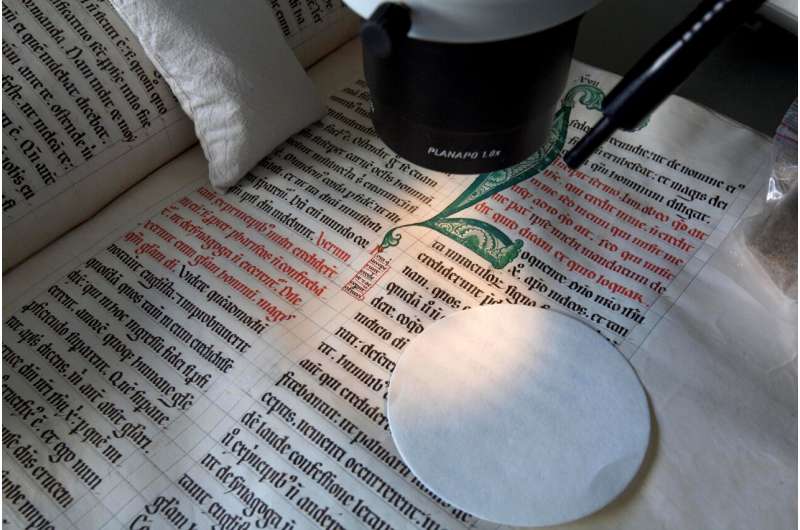
A team of researchers affiliated with several institutions in Portugal has identified the molecular structure of folium, a blue watercolor dye used by medieval artists and book publishers. In their paper published in the journal Science Advances, the group describes following recipes from ancient manuscripts to produce the dye and then applying modern techniques to identify its molecular structure.
Approximately 1000 years ago, during the European medieval period, artists, book publishers and others used a blue watercolor dye called folium to adorn paintings and other paper publications. During the 12th through the 15th centuries, unknown dye-makers described in detail how the dye was made. In this new effort, the researchers recreated the efforts of the ancient artisans by following the instructions they had left behind.
The old manuscripts reported that the dye was made from the berries of the Chrozophora tinctorial plant—a small, grayish-green wild herbal with silvery hairs on its leaves. Botanists on the team scoured the countryside and found the plant growing alongside roads and next to farmer's fields near a town called Monsaraz in Portugal. The team then followed the rest of the instructions on how best to collect the berries and when. They also learned how to carefully extract the pigment from the berries (and did so during the early fall in 2016 through 2018)—and how to treat and purify it. And then they learned how to store it by soaking a small piece of cloth in it and letting the cloth dry. When the dye was needed, a piece of the cloth would be snipped off and watered to release the pigments.
-
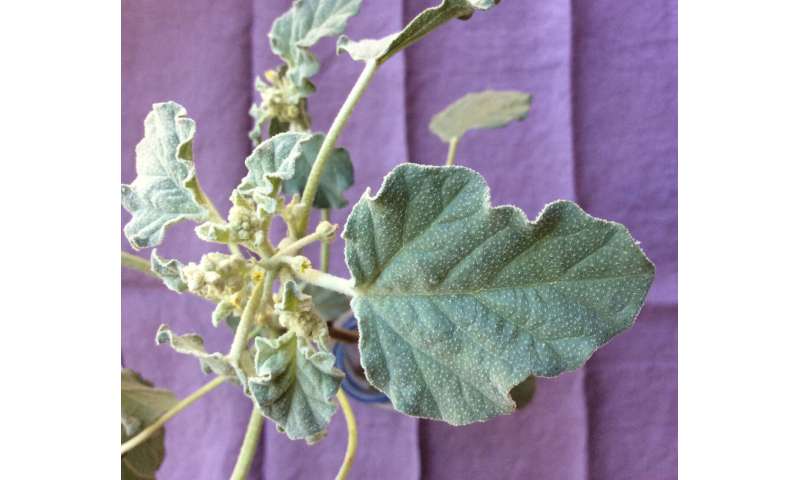
Chrozophora tinctoria detail scales. Credit: Maria João Melo, NOVA University -
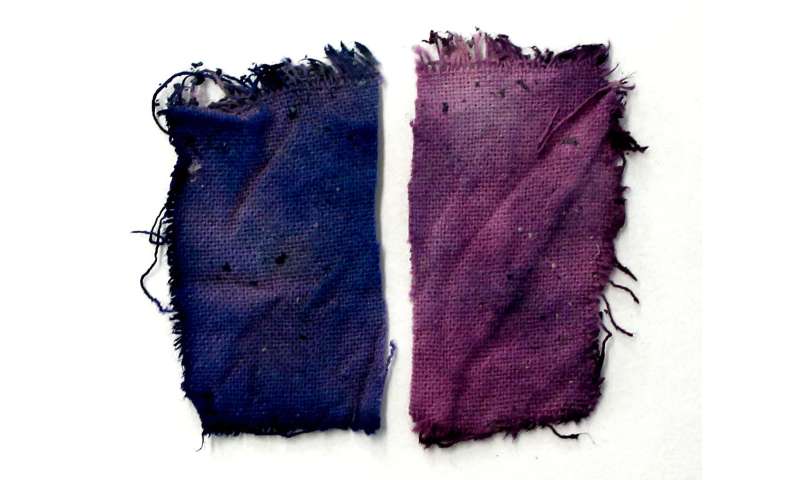
Chrozophora tinctoria prepared as watercolor. Credit: Paula Nabais, NOVA University -
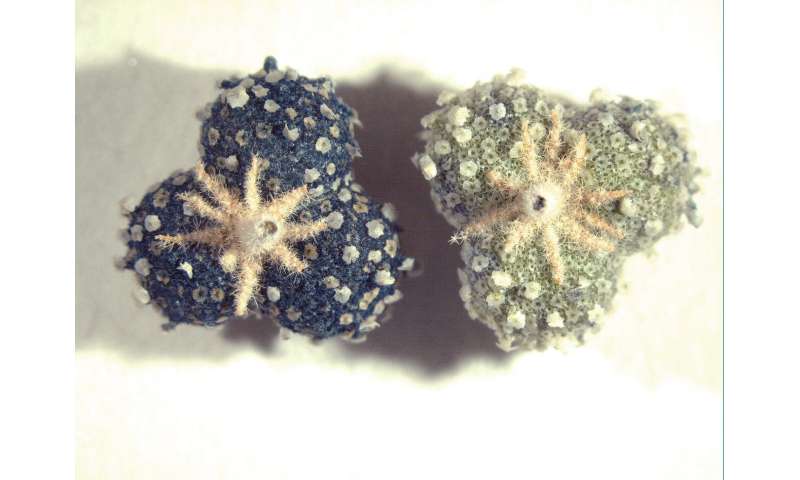
Chrozophora tinctoria detail fruits. Credit: Paula Nabais, NOVA University -
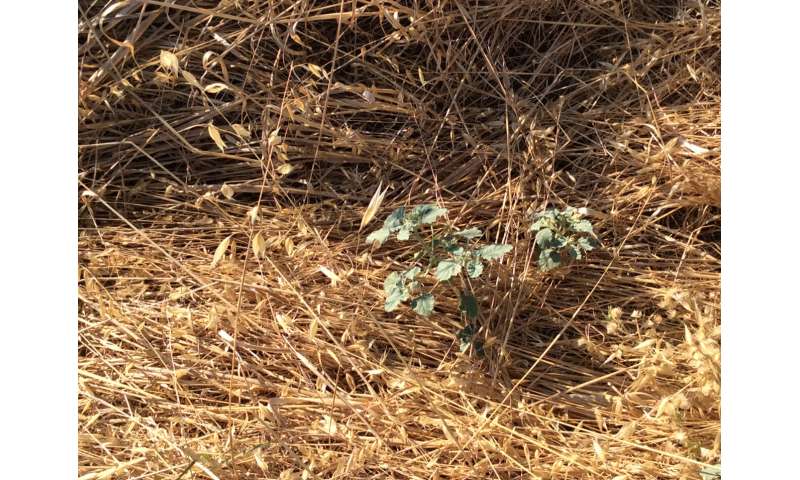
Chrozophora tinctoria in its habitat. Credit: Paula Nabais, NOVA University
With samples of the dye in hand, the researchers next turned to several modern testing techniques to learn more about its makeup: mass spectrometry, nuclear magnetic resonance and liquid and gas chromatography, with which they identified the molecule that it was made of—it was derived from a hermidin alkaloid. They named it chrozophoridin.
The researchers suggest that fully understanding the molecular makeup of the dye will help with efforts to preserve medieval works created with it.
More information: P. Nabais et al. A 1000-year-old mystery solved: Unlocking the molecular structure for the medieval blue from Chrozophora tinctoria, also known as folium, Science Advances (2020). DOI: 10.1126/sciadv.aaz7772
Journal information: Science Advances
© 2020 Science X Network




















